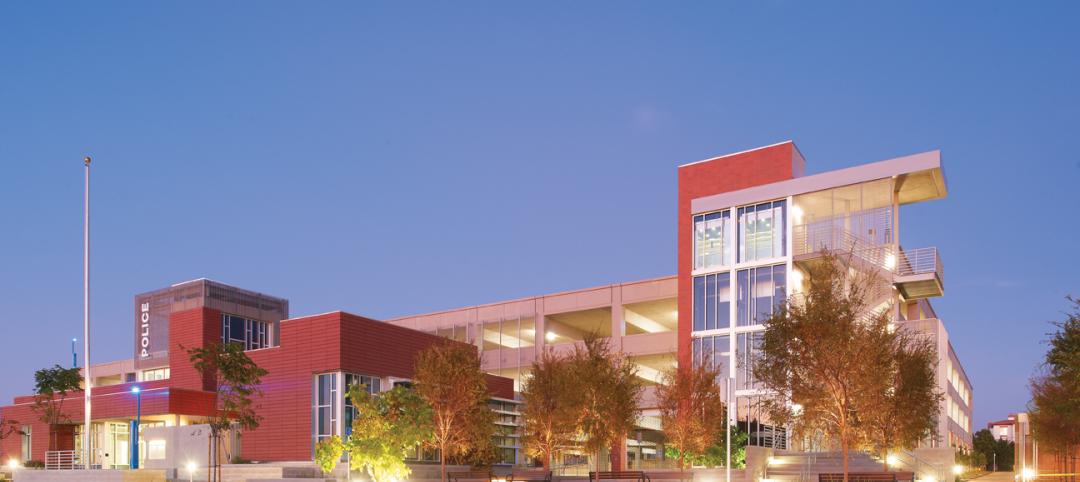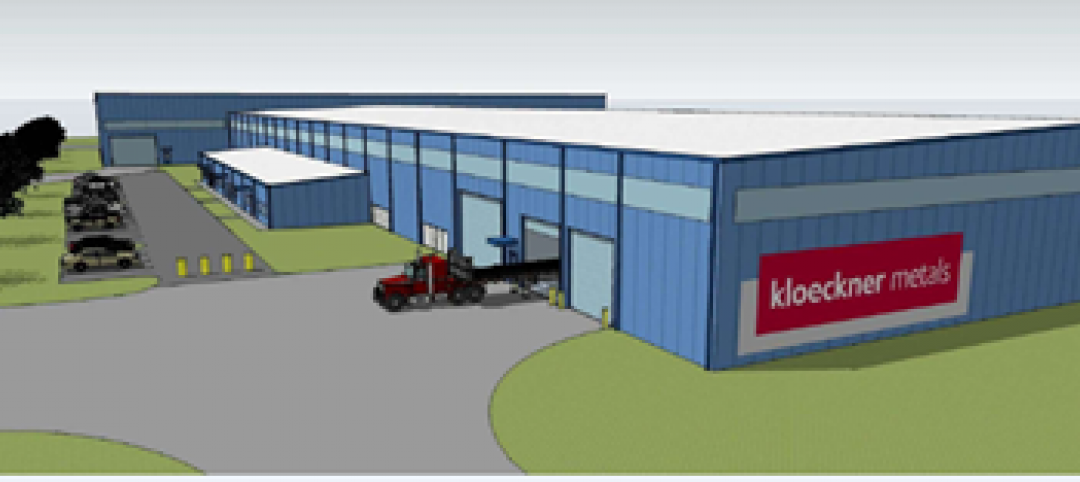Famed architect Frank Gehry will design his largest building to date for his hometown of Toronto, Canada. Developed by Great Gulf Group, Dream, and Westdale Properties, the mixed-use, two-tower development, called Forma, will mark the first Gehry-designed new development in Canada.
Considered one of the world’s most influential contemporary architects, Gehry has received numerous honors including the prestigious Pritzker Prize. His most notable projects include the Guggenheim Museum in Bilbao, the Walt Disney Concert Hall in Los Angeles, and Fondation Louis Vuitton in Paris.

Mixed-Use Building
Located in downtown Toronto, Forma will feature two residential towers: one at 73 floors and the other at 84 floors. It will house a total of 2,034 condominiums, in addition to commercial and retail spaces and a new space for OCAD University, an art and design school.
Forma takes its name from the Latin and Italian word for form, shape, and appearance. The twisting design of Forma’s towers will create a sense of movement, and its iridescent facade will reflect the changing natural light as well as Toronto’s surrounding skyline.
“Forma will be an exceptional addition to the city’s downtown Entertainment and Financial District,” Krystal Koo, head of marketing and sales, Dream Unlimited Corp, said in a statement.
“We are confident that Forma will put Toronto on the map as a world-class architectural destination,” added Mitchell Cohen, chief operating officer, Westdale Properties.
Established in 1975, the Great Gulf Group has delivered major projects in Canada and the US. Dream Unlimited is a Canadian real estate company founded in 1994. And for over 60 years, Westdale Properties has owned, managed, and developed real estate in Canada and the US.
Owner and developer: Great Gulf Group, Dream, and Westdale Properties
Design architect: Frank O. Gehry Architects
Architect of record: Adamson Associates Architects
MEP engineer: Smith + Andersen
Structural engineer: RJC
General contractor/construction manager: EllisDon
Related Stories
| Nov 11, 2012
Greenbuild 2012 Report: Higher Education
More and more colleges and universities see sustainainably designed buildings as a given
| Nov 6, 2012
Uponor files patent infringement suit against Sioux Chief Manufacturing
Uponor is seeking damages and an injunction to prevent Sioux Chief from selling the PowerPEX F1960 Ring with Stop, which it believes violates Uponor’s patent.
| Nov 5, 2012
Brasfield & Gorrie awarded new steel processing facility for Kloeckner Metals
The construction will take place on a 16-acre greenfield site at ThyssenKrupp Industrial Park in Calvert.
| Oct 22, 2012
Tishman appoints Cettina COO of Americas
Tishman Construction Corp. has promoted Ed Cettina to Chief Operation Officer, Americas, for both Tishman and the overall AECOM construction services practice.
| Oct 11, 2012
Hank Adams Named to Lead HDR’s Healthcare Program
With more than 25 years of experience, HDR vice president is tapped to lead firm's healthcare projects.
| Oct 10, 2012
Foster + Partners to Design New 425 Park Avenue Tower
Conceptual designs submitted by Foster, Hadid, Koolhaas and Rogers to be on exhibit during Municipal Art Society’s Annual Symposium
| Oct 9, 2012
AIA Survey shows 40% cut for firms
Total construction spending, which exceeded $1 trillion in 2008, dropped to under $800 million in 2011.
| Oct 9, 2012
AIA billings index sounds a positive note
The so-called new projects index was at a relatively healthy 57.2, up from 56.3 the previous month.
| Oct 5, 2012
2012 Reconstruction Award Special Recognition: Joplin Interim High School, Joplin, Mo.
At 5:41 p.m. CDT on Sunday, May 22, 2011, an EF5 tornado touched down in Joplin, Mo. In the next 31 minutes, the mile-wide, multiple-vortex tornado, with winds up to 250 mph, destroyed two thousand buildings, including Joplin High and nine other schools.
| Oct 5, 2012
2012 Reconstruction Award Bronze Winner: Pomeroy Senior Apartments, Chicago, Ill.
The entire interior of the building was renovated, from the first floor lobby and common areas, to the rooftop spaces. The number of living units was reduced from 120 to 104 to allow for more space per unit and comply with current accessibility requirements.

















